In Write and Wrong, Marthy Johnson lays bare the secret that eludes many budding writers: understanding your audience is paramount. For those looking to hone their writing skills, this is where it all begins. Whether you’re drafting a letter, crafting a novel, or preparing a marketing pitch, the one question you must always ask is, “Who am I writing to, and why?”
The first step in writing, as Johnson emphasizes, is recognizing that not all audiences are the same. Writing to a friend feels different from writing a business memo, and the words one chooses must reflect that. A personal letter is filled with warmth and conversational language, while a memo is succinct, factual, and direct. In this way, understanding the needs, preferences, and expectations of your audience is akin to possessing a writer’s compass.
Take a realtor’s ad, for example. If you’re trying to sell a house, you wouldn’t simply list facts like, “The cottage measures 1,600 sq.ft. and contains a living room, two bedrooms, kitchen, bath, and a large workshop.” This description provides the necessary information but leaves the reader disengaged.
Compare that to the vivid and emotionally engaging description of the same house: “This well-maintained ranch home contains a living room with breathtaking views of the Chugach Mountains, a spacious master bedroom with a walk-in closet, and an attractive bathroom with blue and white tiled floors and a sunken Jacuzzi.”
Here, you’re not just listing features; you’re inviting readers to imagine themselves in the space, creating an emotional connection.
This example illustrates one of Johnson’s key insights in Write and Wrong: “You need to meet your readers where they are, with language and imagery that appeals to their specific desires and expectations.”
Tone plays a pivotal role in every form of writing. Let’s look at how tone varies between writing to a business client and a family member. In business communication, the writing should be professional, straightforward, and to the point. Johnson notes, “Business reports and letters are best kept short and factual, and both letters and memos should clearly state what, if anything, you want from the reader.” This prevents any ambiguity and allows for efficient communication.
On the other hand, when writing to a family member or friend, your tone shifts. Instead of formality, you rely on warmth, familiarity, and often humor. Consider the tone of a letter to a mother describing the same house mentioned earlier: “Mom, you’ve got to see this house! It’s way out of town, surrounded by a whole acre of beautiful woodland. The best part? There’s a Jacuzzi in the bathroom! They’re listing it at $280,000, but I think we can negotiate them down.”
The change in tone is palpable; it’s personal, exciting, and inviting. Johnson’s point is clear: audience dictates tone, and if you fail to adapt your tone to your reader, your message risks being lost.
Perhaps the most fascinating part of writing is how the rules change depending on your style of writing. Academic writing, for instance, has rigid conventions. In the academic world, adhering to a style guide such as the Publication Manual of the American Psychological Association is essential. Your audience expects precision, evidence-backed claims, and clarity, but this isn’t the time for flowery language or emotional appeals. It’s all about facts and logic.
However, creative writing—fiction or nonfiction—offers much more flexibility. You can use tone, structure, and imagery to achieve your desired effect. As Johnson says, “The rules for creative writing are flexible, but the advice holds: remember your goal and intended effect; consider your audience.”
A novel, for example, doesn’t just inform; it immerses readers in a world, creating a vivid sensory experience. Descriptions are rich, layered with emotions and intricate details that help paint a picture in the reader’s mind. When describing a cottage, a novelist might write, “The cottage sat on a rise in the woodlands fringing the foothills of the Chugach Range, its rough wooden siding blending seamlessly into the emerald forest. The late evening sun bathed the mountains in a bright red glow, and the little house’s windows reverently reflected its brilliance.”
Here, the sensory richness and atmospheric details pull the reader into the setting. This is a world the audience can feel, not just read about.
For those venturing into marketing, understanding your audience becomes even more critical. Johnson discusses how marketing writing isn’t just about selling a product; it’s about selling a feeling. When writers and marketers understand this fundamental principle, their work transforms from mere words on a page to a compelling narrative moving the reader to action.
She uses the example of a business pitch: if you’re writing to potential investors, you want to sound confident, informed, and concise. You must provide enough detail to sell the idea but leave room for the reader to ask questions. On the flip side, if you’re creating a promotional email for customers, the tone should be friendly, and the content should resonate with their emotions and values.
Johnson’s Write and Wrong brilliantly illustrates how knowing your audience and purpose guides every decision you make as a writer. From the smallest letter to the grandest novel, from the stark formality of a business memo to the playful language of a family email, the writer’s job is to craft words that connect.
Every piece of writing is a bridge between the writer and the reader. The moment a writer forgets the importance of their audience is the moment the bridge begins to crumble. The guidance provided in Write and Wrong serves as a timely reminder that the most powerful writing doesn’t just inform—it connects, it persuades, it resonates.
We Don’t Want to Write the Laws; We Want to Publish the Books
Publication Consultants: The Synonym for Book Publishing—https://publicationconsultants.com



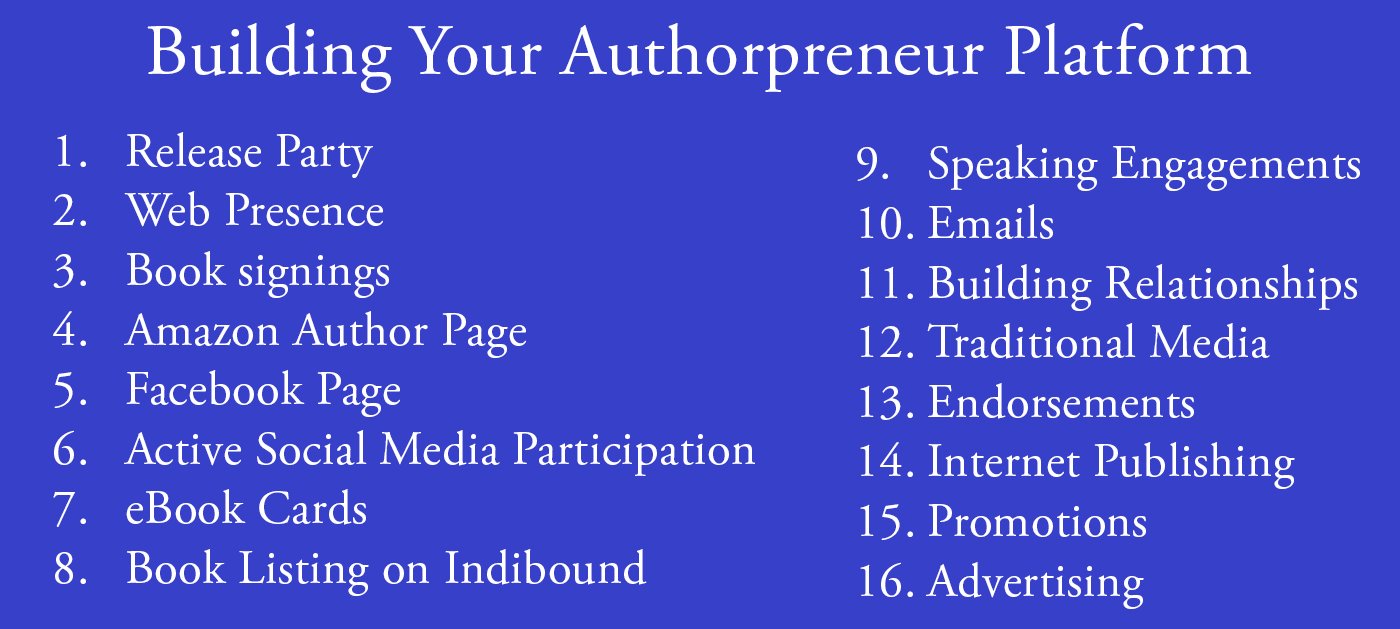
 This is Publication Consultants’ motivation for constantly striving to assist authors sell and market their books. Author Campaign Method (ACM) of sales and marketing is Publication Consultants’ plan to accomplish this so that our authors’ books have a reasonable opportunity for success. We know the difference between motion and direction. ACM is direction! ACM is the process for authorpreneurs who are serious about bringing their books to market. ACM is a boon for them.
This is Publication Consultants’ motivation for constantly striving to assist authors sell and market their books. Author Campaign Method (ACM) of sales and marketing is Publication Consultants’ plan to accomplish this so that our authors’ books have a reasonable opportunity for success. We know the difference between motion and direction. ACM is direction! ACM is the process for authorpreneurs who are serious about bringing their books to market. ACM is a boon for them. Release Party
Release Party Web Presence
Web Presence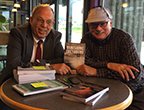 Book Signings
Book Signings Facebook Profile and Facebook Page
Facebook Profile and Facebook Page Active Social Media Participation
Active Social Media Participation Ebook Cards
Ebook Cards The Great Alaska Book Fair: October 8, 2016
The Great Alaska Book Fair: October 8, 2016

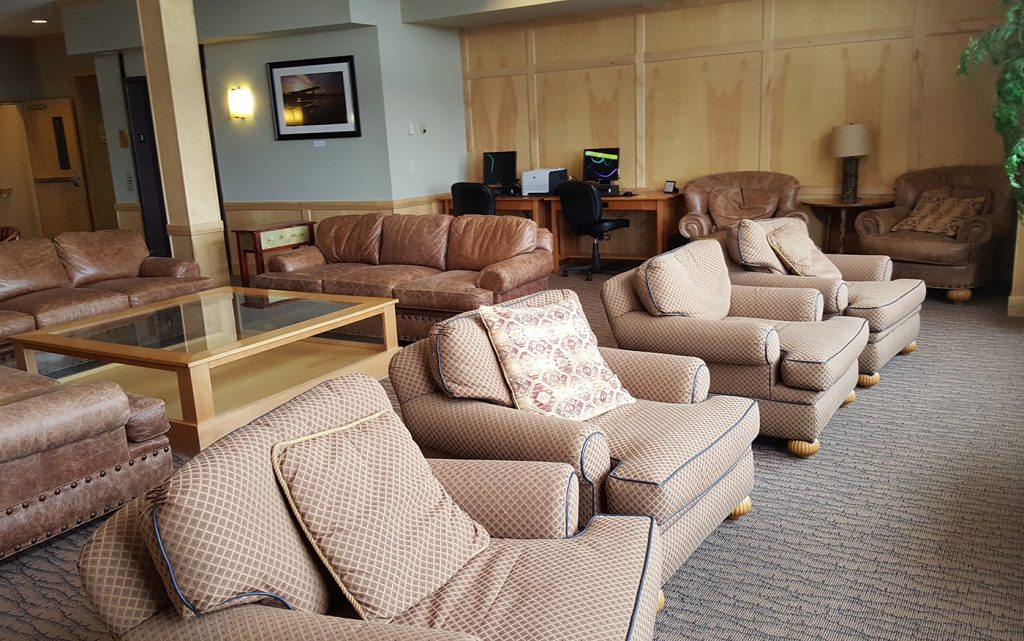
 Costco Book Signings
Costco Book Signings eBook Cards
eBook Cards

 Benjamin Franklin Award
Benjamin Franklin Award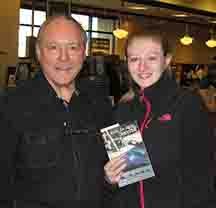 Jim Misko Book Signing at Barnes and Noble
Jim Misko Book Signing at Barnes and Noble
 Cortex is for serious authors and will probably not be of interest to hobbyists. We recorded our Cortex training and information meeting. If you’re a serious author, and did not attend the meeting, and would like to review the training information, kindly let us know. Authors are required to have a Facebook author page to use Cortex.
Cortex is for serious authors and will probably not be of interest to hobbyists. We recorded our Cortex training and information meeting. If you’re a serious author, and did not attend the meeting, and would like to review the training information, kindly let us know. Authors are required to have a Facebook author page to use Cortex. Correction:
Correction: This is Publication Consultants’ motivation for constantly striving to assist authors sell and market their books. ACM is Publication Consultants’ plan to accomplish this so that our authors’ books have a reasonable opportunity for success. We know the difference between motion and direction. ACM is direction! ACM is the process for authors who are serious about bringing their books to market. ACM is a boon for serious authors, but a burden for hobbyist. We don’t recommend ACM for hobbyists.
This is Publication Consultants’ motivation for constantly striving to assist authors sell and market their books. ACM is Publication Consultants’ plan to accomplish this so that our authors’ books have a reasonable opportunity for success. We know the difference between motion and direction. ACM is direction! ACM is the process for authors who are serious about bringing their books to market. ACM is a boon for serious authors, but a burden for hobbyist. We don’t recommend ACM for hobbyists.

 We’re the only publisher we know of that provides authors with book signing opportunities. Book signing are appropriate for hobbyist and essential for serious authors. To schedule a book signing kindly go to our website, <
We’re the only publisher we know of that provides authors with book signing opportunities. Book signing are appropriate for hobbyist and essential for serious authors. To schedule a book signing kindly go to our website, < We hear authors complain about all the personal stuff on Facebook. Most of these complaints are because the author doesn’t understand the difference difference between a Facebook profile and a Facebook page. Simply put, a profile is for personal things for friends and family; a page is for business. If your book is just a hobby, then it’s fine to have only a Facebook profile and make your posts for friends and family; however, if you’re serious about your writing, and it’s a business with you, or you want it to be business, then you need a Facebook page as an author. It’s simple to tell if it’s a page or a profile. A profile shows how many friends and a page shows how many likes. Here’s a link <> to a straight forward description on how to set up your author Facebook page.
We hear authors complain about all the personal stuff on Facebook. Most of these complaints are because the author doesn’t understand the difference difference between a Facebook profile and a Facebook page. Simply put, a profile is for personal things for friends and family; a page is for business. If your book is just a hobby, then it’s fine to have only a Facebook profile and make your posts for friends and family; however, if you’re serious about your writing, and it’s a business with you, or you want it to be business, then you need a Facebook page as an author. It’s simple to tell if it’s a page or a profile. A profile shows how many friends and a page shows how many likes. Here’s a link <> to a straight forward description on how to set up your author Facebook page.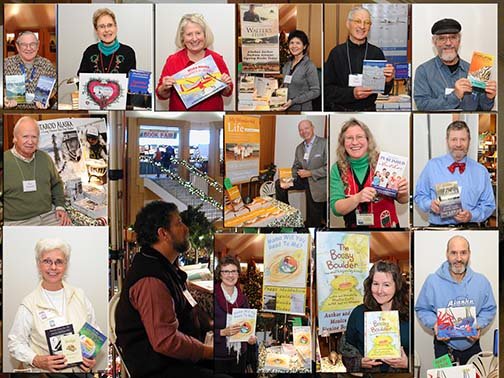



 Mosquito Books has a new location in the Anchorage international airport and is available for signings with 21 days notice. Jim Misko had a signing there yesterday. His signing report included these words, “Had the best day ever at the airport . . ..”
Mosquito Books has a new location in the Anchorage international airport and is available for signings with 21 days notice. Jim Misko had a signing there yesterday. His signing report included these words, “Had the best day ever at the airport . . ..”


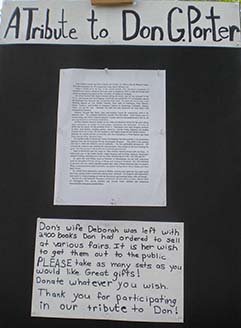
 The Lyin Kings: The Wannabe World Leaders
The Lyin Kings: The Wannabe World Leaders
 Time and Tide
Time and Tide


 ReadAlaska 2014
ReadAlaska 2014 Readerlink and Book Signings
Readerlink and Book Signings
 2014 Independent Publisher Book Awards Results
2014 Independent Publisher Book Awards Results

 Bonnye Matthews Radio Interview
Bonnye Matthews Radio Interview
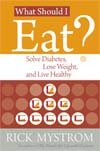 Rick Mystrom Radio Interview
Rick Mystrom Radio Interview When he published those overseas blogs as the book The Innocents Abroad, it would become a hit. But you couldn’t find it in bookstores.
When he published those overseas blogs as the book The Innocents Abroad, it would become a hit. But you couldn’t find it in bookstores.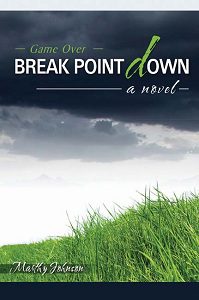 More NetGalley
More NetGalley Mary Ann Poll
Mary Ann Poll
 Bumppo
Bumppo
 Computer Spell Checkers
Computer Spell Checkers Seven Things I Learned From a Foreign Email
Seven Things I Learned From a Foreign Email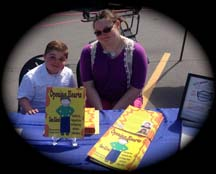 2014 Spirit of Youth Awards
2014 Spirit of Youth Awards Book Signings
Book Signings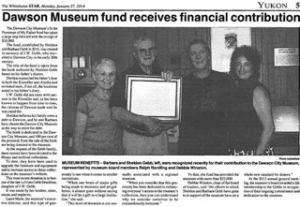
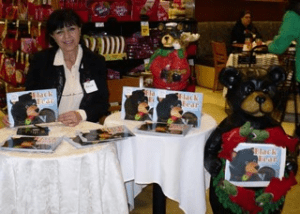
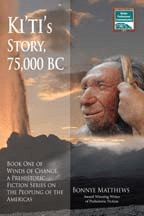
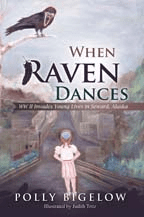 Blog Talk Radio
Blog Talk Radio Publication Consultants Blog
Publication Consultants Blog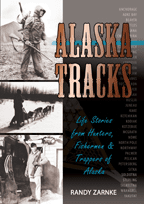 Book Signings
Book Signings



 Don and Lanna Langdok
Don and Lanna Langdok Ron Walden
Ron Walden Book Signings Are Fun
Book Signings Are Fun Release Party Video
Release Party Video
 Erin’s book,
Erin’s book,  Heather’s book,
Heather’s book,  New Books
New Books